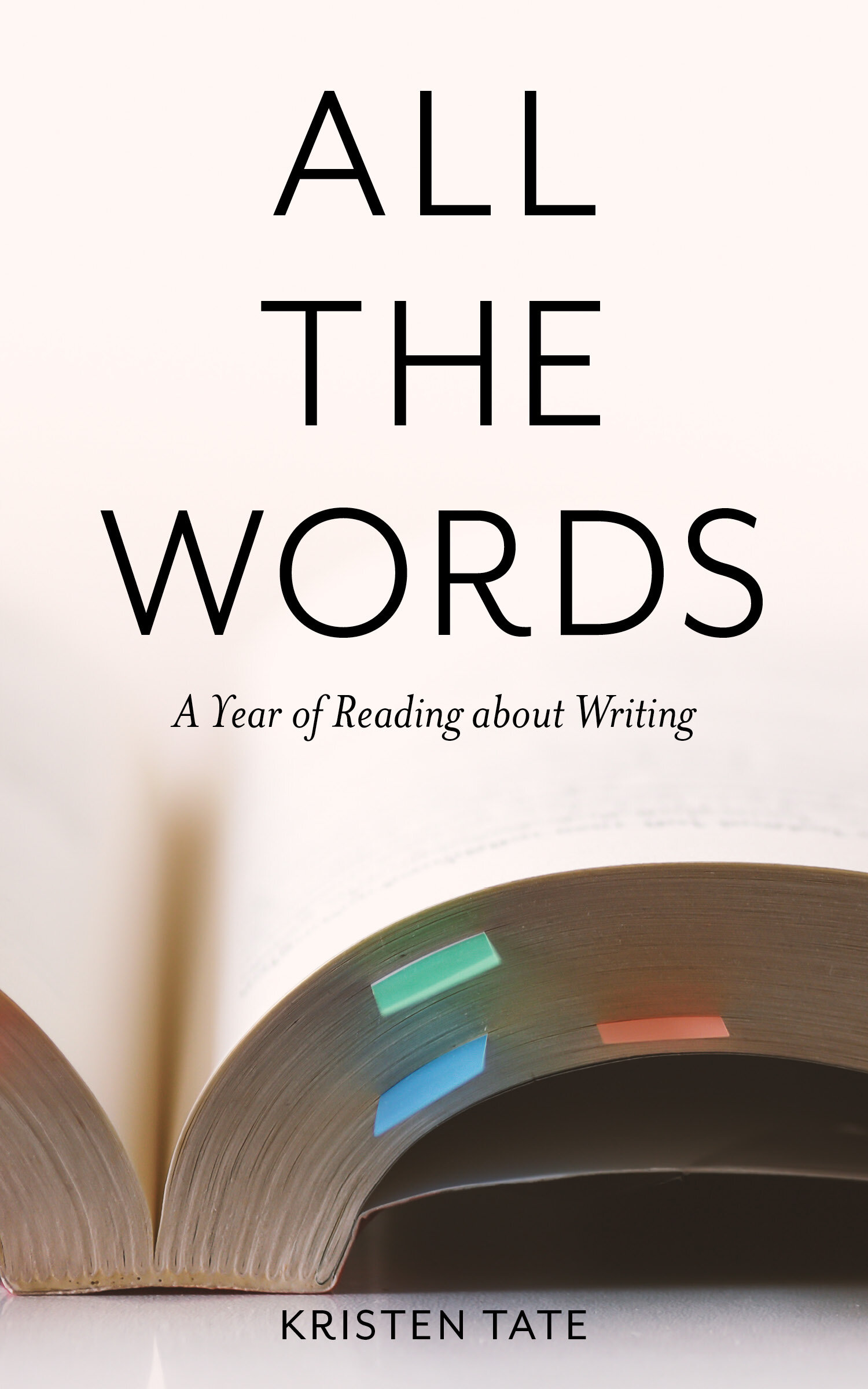The Last Draft, by Sandra Scofield
This is part of a series of weekly reviews of writing craft books written in 2019, later revised and collected in Kristen’s book All the Words: A Year of Reading About Writing. Read the first chapter or buy the book in our Shop.
It is week forty-seven of 2019. How’s the writing going? If you are doing NaNoWriMo, the final week is coming up. The last time I did NaNo, Thanksgiving week was the point where the early morning and late-night writing time I had been squeezing in got squeezed back out amidst traveling and visiting family and cooking and eating. If you are doing NaNo and have similar plans in front of you, remember that these are all good and important things too – just like your novel. Give yourself permission to take a breather if that’s what you need. If you are still going strong though, keep writing away and see how much you can get accomplished this week. I’m cheering for you!
Sandra Scofield, author of this week’s book, The Last Draft: A Novelist’s Guide to Revision, is rooting for you to succeed too. Scofield is a warm and encouraging guide through the wilderness of the revision process. “You can’t do everything at once,” she reassures us. “And you can’t shrivel with fear thinking about the challenges ahead. You have to do the task in front of you, and then the next one. You’ll get there by sheer doggedness. Perseverance is the best friend of talent.” Amen!
Scofield is a believer in deep revision; this is not a book about surface polishing. She wants you to think of your first draft “as a canopy of writing, holding however many drafts it takes to get you to the place where you feel you have grasped the story and put it on the page. You have to know how it ends. You have to know what it means.” Scofield’s process in The Last Draft is to lead you on a discovery mission through your story. The lengthy second part of the book is a series of craft lessons, which she then asks you to apply to your draft. You aren’t yet revising, but you are determining the work that you need to do and getting more inspiration, including from the work of other authors. You’ll keep stepping back from the story and then zooming in to specific scenes. In the process, “the real book might appear in the margins of your draft.”
After this period of analysis, Scofield leads you through a series of exercises to set up and then complete a full revision of the manuscript. Again, much of this work is about seeing the big picture; she trusts that you know what to do when it comes to the details of rewriting the draft. At the start of the real revision process, for example, she suggests completing three different kinds of summaries of the new draft before making a comprehensive, scene-by-scene revision plan. At the end of this first revision stage, she suggests as a final step: “Write a document that describes your love of your story. Reflect on the work you have done and all you have accomplished. Restate your resolution. Respect the process that is taking you forward.” I heartily endorse this exercise. As Scofield says, “Don’t skip this step!”
In terms of craft, The Last Draft will also teach you quite a bit. Scofield’s method is to discuss a topic, analyze one or more examples, and then turn you back to your draft to see how you’ve used (or abused or neglected) this aspect of craft in your own manuscript. Here are a few lessons I thought were particularly useful:
On summary, which Scofield argues (and I agree) is a neglected aspect of craft: Summary can be used to open or “link scenes in a sequence . . . like stringing a necklace with some large stones and some small ones.” When writing a summary, use concrete details (but sparingly) and indirect discourse (for example, “she thanked me and explained the necklace had belonged to her mother,” rather than, “‘Thank you,’ she said. ‘It was my mother’s.’”). The goals is to give the reader “the sense of what happened and how it felt”; “all the grit is pressed out, and we are left with the flow of story, transporting the reader through time.”
On setting: Scofield notes that a frequent problem she sees among beginning authors is that “too many things take place in too few settings.” Challenge yourself to re-imagine some of your scenes in “a setting that in some way aggravates or emphasizes or contrasts with the conflict between characters.”
On backstory: “What often happens in novel drafts is that writers get ideas about the past while they are writing the ongoing present, and they get bogged down trying to invent, integrate, and balance these elements—making all of it up at the same time. They end up suffocating action with backstory. They lose the thread and the tension of now.” To straighten this out in your draft, make sure every backstory element in your draft passes these three tests: “You need to tell it. This is the right time to do so. It has a consequence, emotional or physical, for the character.”
The Last Draft will require patience, study, and practice. It’s not going to take you on the most direct path to your next draft or to your finished manuscript. But if you can stick with it, you might discover an even better book along the way.
Here’s to discovering your draft, y’all,
Kristen
Check out our Resources page for more in-depth articles on writing, revising, polishing, and publishing your novel. Sign up for our weekly newsletter for fresh content, and you’ll also get our free PDF with recommended reading for writers!



